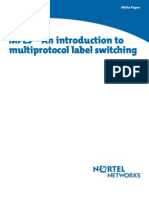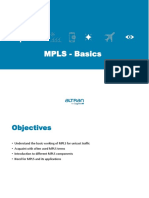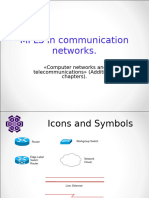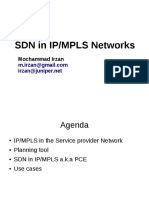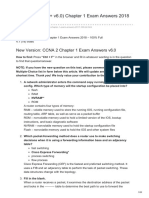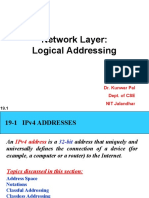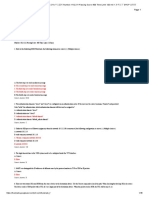0% found this document useful (0 votes)
26 views24 pagesSeamless MPLS
Seamless MPLS architecture enables large-scale MPLS networks, reducing complexity and operational touch points while supporting high availability and IPv6. It is particularly beneficial for service providers with numerous access nodes, allowing for simplified service creation by configuring only two devices. The architecture supports end-to-end label switching paths and is designed to cope with increasing IP traffic demands.
Uploaded by
Vishal SharmaCopyright
© © All Rights Reserved
We take content rights seriously. If you suspect this is your content, claim it here.
Available Formats
Download as DOCX, PDF, TXT or read online on Scribd
0% found this document useful (0 votes)
26 views24 pagesSeamless MPLS
Seamless MPLS architecture enables large-scale MPLS networks, reducing complexity and operational touch points while supporting high availability and IPv6. It is particularly beneficial for service providers with numerous access nodes, allowing for simplified service creation by configuring only two devices. The architecture supports end-to-end label switching paths and is designed to cope with increasing IP traffic demands.
Uploaded by
Vishal SharmaCopyright
© © All Rights Reserved
We take content rights seriously. If you suspect this is your content, claim it here.
Available Formats
Download as DOCX, PDF, TXT or read online on Scribd
/ 24





